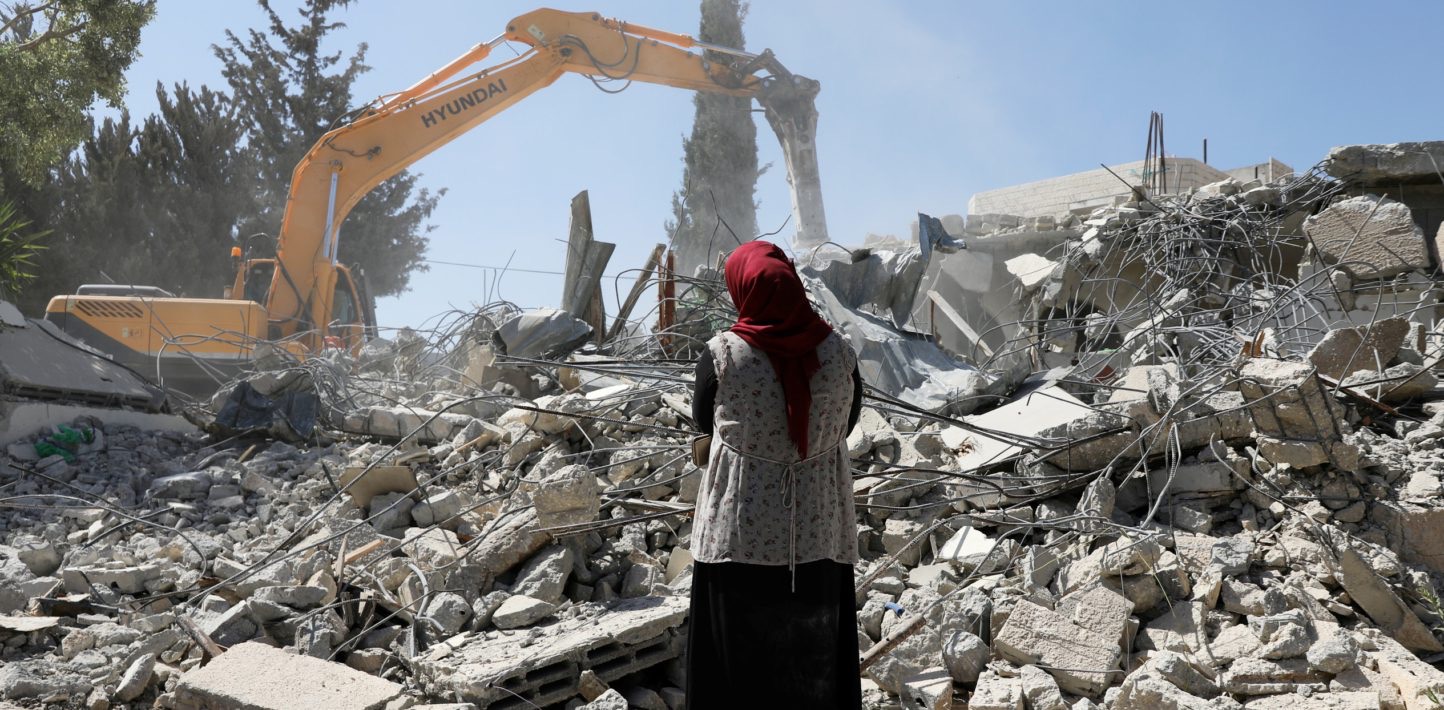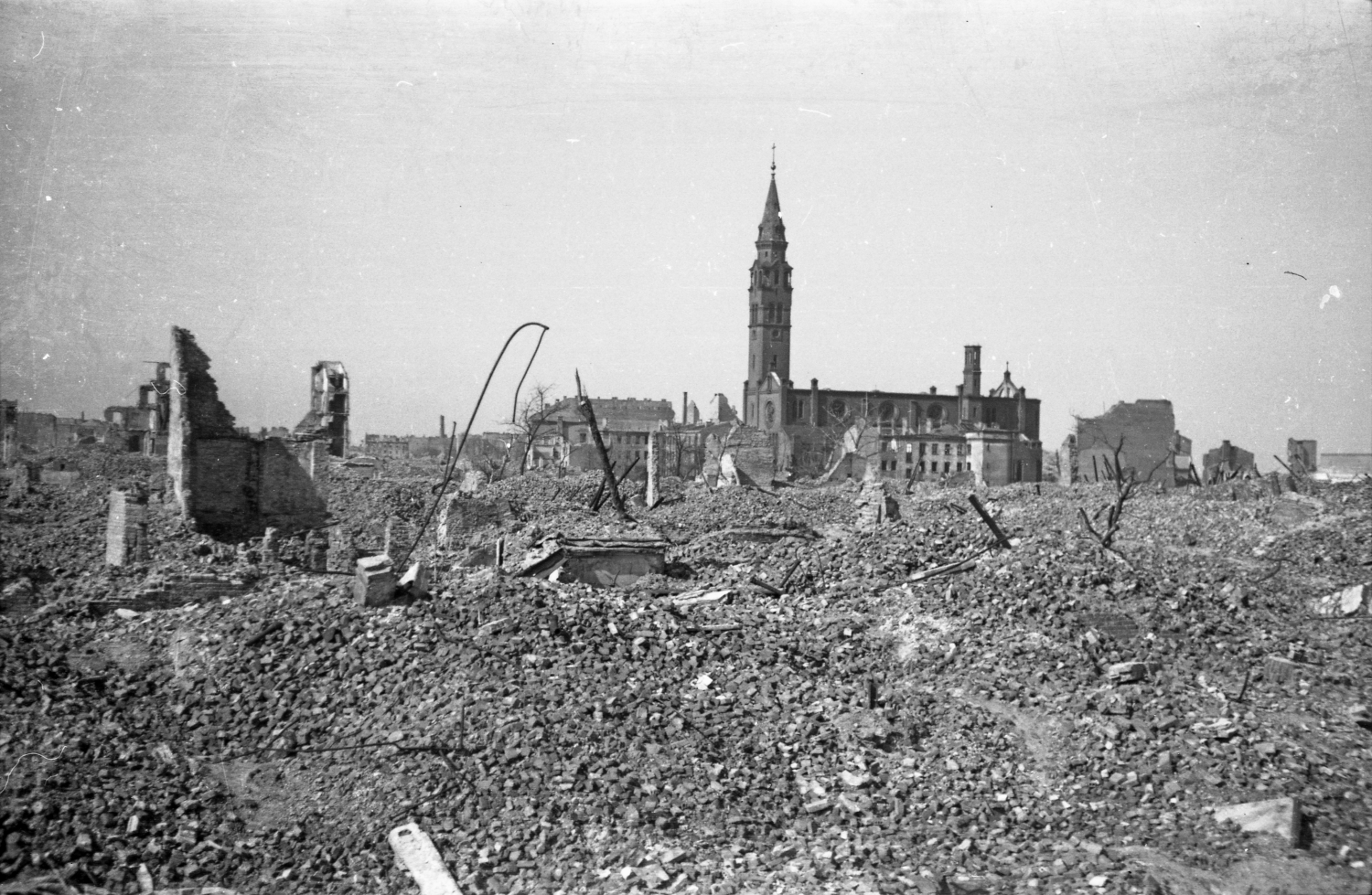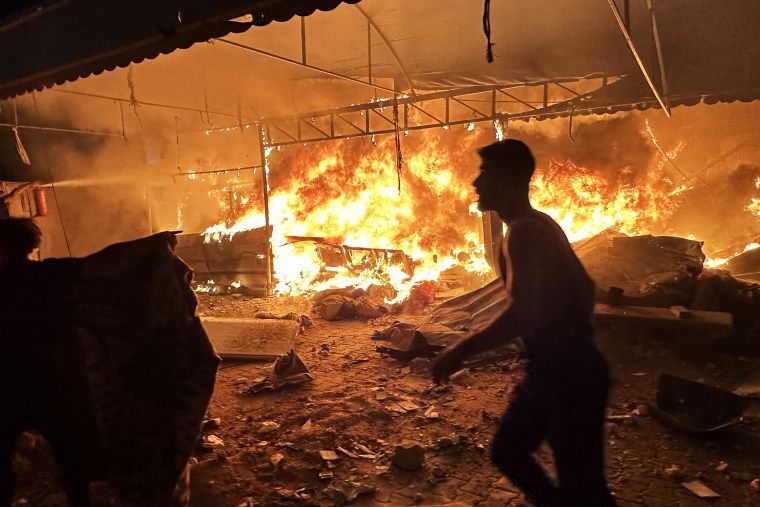Palestine’s regeneration

REUTERS / Ammar Awad.
Highlights
Devastation & Intent:
• Profound devastation in Gaza, a deliberate act to erase people and place.
• Massive destruction:63% of buildings, 87%+ schools/universities, 84% health facilities destroyed.
• Echoes of Warsaw and Hiroshima.
Rebuilding as Resistance:
• Rebuilding is re-affirmation of belonging.
• Debris as foundation for renewal.
Rebuilding Challenges:
• Unexploded ordnance poses safety and economic threats.
• Psychological toll on survivors.
Benefits of Rubble Reuse:
• Removes hazards, frees space, cuts costs.
Demolition Impact on Debris:
• Different methods (incendiary, cluster, radioactive, conventional) yield varied debris with different reuse potential.
Recycling C&D Waste:
• Wood, metals, glass, marble, sanitary ware, aggregates (RCA), brick, and stone can be recycled/reused.
• Offers resource-efficient rebuilding solutions.

The reality in Palestine, particularly in the Gaza strip, is one of profound devastation. This deliberate erasure of a place, a brutal act intended to extinguish not just structures, but the very soul of a people, has left an indelible mark. In Gaza, this intent has manifested in the staggering destruction of 63% of its buildings, rendering them uninhatible by late September. Furthermore, the deliberate targeting of essential services is evident in the widespread damage. Over 87% of schools and all universities are damaged or destroyed, alongside 84% of vital health facilities. This scale of devastation evokes the haunting images of post-war Warsaw (85% of the city destroyed) and the atomic aftermath of Hiroshima.


Yet, even amidst this landscape of loss, a powerful counter-narrative can take hold. The act of rebuilding, of literally piecing together life from the shattered remnants, transcends mere construction; it becomes a profound assertion of rootedness, a defiant re-affirmation of belonging.
1. Navigating the immediate perils of rebuilding
Beyond the visible devastation is the presence of unexploded ordnance often intertwined with the chaotic remnants of collapsed structures and environmental hazards. This toxic mix not only poses direct threats to the physical safety of returning populations and reconstruction workers but also imposes significant economic burdens. The imperative to first clear these life-threatening hazards requires costly and specialized operations, diverting crucial resources from the very act of rebuilding and prolonging the period of displacement and hardship. Adding to this complex web of challenges is the profound psychological toll exacted on those who have witnessed their neighborhoods and lives shattered.
It is within this challenging context that a crucial opportunity emerges: to reimagine the mountains of debris not as mere waste but as a potential foundation for renewal. Thus eliminating safety risks associated with the debris, freing up valuable space for rebuilding, and significantly reducing the financial burden of both waste disposal and new material acquisition.
2. How demolition techniques shape the rebuilding landscape
The very methods by which destruction occurs profoundly influence the nature and potential of the resulting debris, a critical consideration for any effective rebuilding strategy.
Incendiary bombing
Designed to ignite widespread fires using substances like napalm or white phosphorus. This method generates extremely high temperatures that often severely damage materials, rendering them structurally unsound and potentially contaminated, significantly limiting their suitability for reuse.

Abdallah F.S. Alattar / Anadolu via Getty Images
Cluster bombs
To delay reconstruction, this tactic disperses numerous hazardous submunitions across a wide area. The resulting debris field is not only structurally complex but also riddled with unexploded devices, necessitating extensive and dangerous mine-clearing operations before rebuilding can safely commence.

Radioactive weapons
The detonation of such weapons leaves behind microscopic radioactive particles that persist in the environment for extended periods and spread over considerable distances. This contamination poses severe long-term health risks, including cancer, and renders all affected materials and the surrounding environment entirely unusable and uninhabitable.
Demolishing using bulldozers and tanks
This approach typically results in a heterogeneous mix of structural materials like concrete, steel, and brick. While requiring sorting and processing, this type of debris generally presents fewer immediate safety and contamination hazards compared to the methods described above, offering a greater potential for recycling and reuse.

3. The practical pathways of C&D waste recycling in reconstruction
Despite the complexities introduced by various demolition methods, the recycling of Construction and Demolition (C&D) waste presents a tangible and increasingly vital pathway towards resource-efficient rebuilding. While the safe disposal of hazardous materials is paramount, a significant portion of the demolition aftermath holds considerable potential for transformation:
Wood
Wood chips can be compacted and combined with cement grout to produce “wood-concrete,” a potentially low-cost alternative that can be sawn and nailed. Furthermore, salvaged wood components in good condition are often directly reused, helping to maintain the original aesthetic of rebuilt structures.
Metal
Metal waste, encompassing copper, brass, lead, aluminum, and various steel types, commonly appearing as pipes, conduits, sheets, wires, and bars are among the most straightforward and cost-effective to reuse directly if their condition is sound. Additionally, reinforcement bars and sheets can be straightened, and any remaining scrap can be efficiently recycled by remelting.
Glass
Recovered glass offers versatile recycling possibilities. Intact sheets are directly reusable, while broken pieces can be processed into fiberglass or used as a sand replacement in paving. Additionally, glass fragments are easily converted into a range of new materials, such as mineral wool (substituting quartz in sanitary ware) and lightweight structural concrete.
Marble and sanitary ware
Marble floors and cladding sheets could be used even broken, in smaller sizes, by pre casting with the same color terrazzo mortar, to produce larger sheets.
Sanitary ware can also be re-used if they are not chipped or cracked, but if they are, It would be better to be crushed and used as construction infill. Crushed and powdered sanitary have a pozzolanic nature, the same as other clay products, which could be used to produce low-cost cements.
Concrete and masonry rubble
By processing demolition debris through crushing plants, recycled aggregates (RCA) are produced, presenting a practical alternative to virgin materials across a spectrum of construction uses. This process not only offers a viable substitute but also significantly contributes to reducing waste volumes.
Brick
Brick rubble, typically containing around 20% cement or lime mortar, has potential for reuse, provided it remains free from contamination by vegetation or organic materials. Broken and discarded bricks can serve as construction infill or aggregate for non-structural concrete. Furthermore, recovered bricks exhibiting minimal damage are particularly well-suited for building rehabilitation projects.
Stone
Stone, being a natural material with inherent variations in age and color, deserves to be reused. Even broken pieces can be incorporated, blended with new, similar stone, to preserve the building’s unique identity and inherent character.
The act of rebuilding in Palestine, emerging from the literal and metaphorical rubble, carries profound significance. It is a powerful testament to the enduring spirit and determination of its people. By creatively repurposing the remnants of what was lost, they can weave the story of destruction into the fabric of their rebuilt future, creating spaces that not only provide shelter but also stand as potent symbols of resilience, resourcefulness, and an unyielding connection to their land and identity.
References
https://www.hrw.org/world-report/2025/country-chapters/israel-and-palestine
https://www.axios.com/2024/10/05/gaza-destruction-map-israel-hamas
https://reliefweb.int/report/world/urban-recovery-using-rubble-build-new-future
